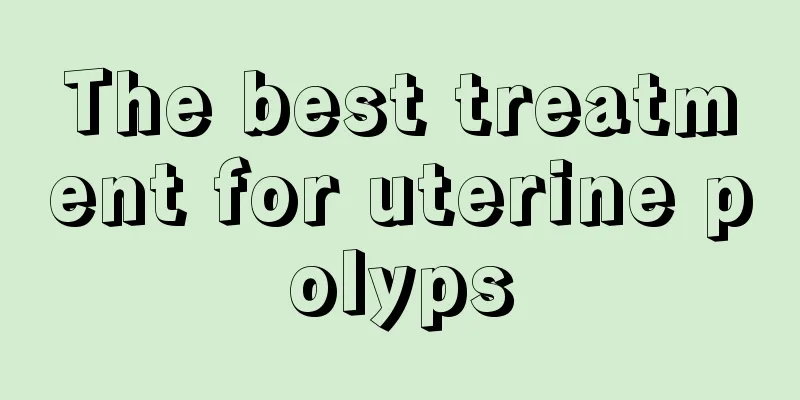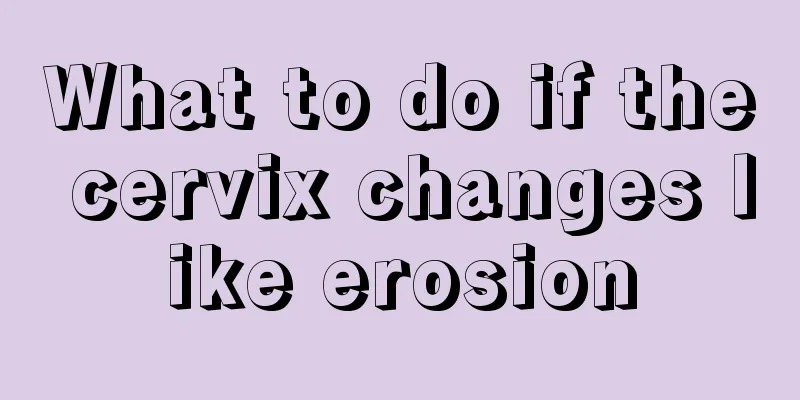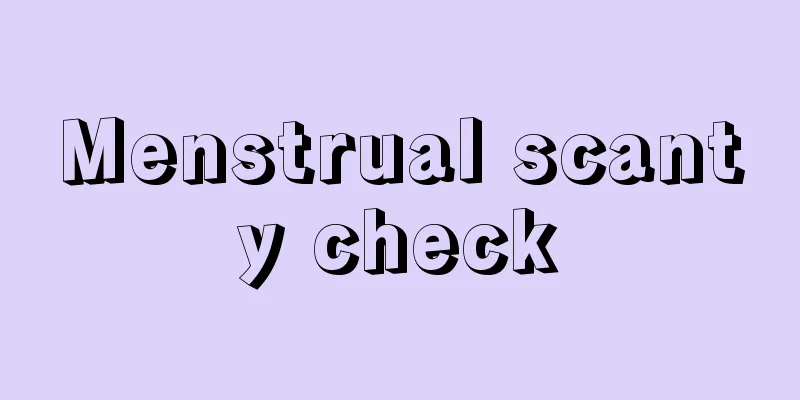The best treatment for uterine polyps

|
With the continuous development of social and economic development, the level of medical technology is also developing continuously, so there are more and more treatment methods for various diseases, among which the treatment methods for uterine polyps are also developing continuously. Uterine polyps may affect fertility or cause serious conditions such as lesions, so they must be treated in time. So what is the best way to treat uterine polyps? What is the best way to treat uterine polyps? The treatments for uterine polyps include traditional Chinese medicine treatment, surgical treatment, etc. Among them, the best treatment method is the method that suits one's own condition. Only by implementing targeted treatment can uterine polyps be effectively cured. Because uterine polyps have the characteristics of recurrence, in order to prevent the recurrence of uterine polyps and completely cure the condition of uterine polyps, surgical treatment is currently the main treatment. Resection is the only method that can clearly see the polyp pedicle and remove it from the root. It can effectively remove the dermis and prevent its continued existence and recurrence. Hysteroscopy can observe the inside of the uterine cavity under supervision. After the conditions of malignant changes in the uterine cavity such as endometrial cancer have been cleared, single and relatively small endometrial polyps can be immediately removed under the supervision of hysteroscopy. For patients with multiple lesions, young patients with uterine polyps, and patients with fertility requirements, a full curettage can be performed under hysteroscopy, which can effectively avoid missed curettage. For patients with fertility requirements, such treatment can not only effectively heal uterine polyps, but also maintain the complete uterine position and preserve the ability to become pregnant. Treatment standard: surgical removal is the main treatment. The treatment plan should be comprehensively considered based on the patient's age, symptoms, fertility requirements, polyp characteristics, growth rate and other conditions. Hysteroscopic polypectomy is the most important treatment method. For small and medium-sized localized areas or focal polyps, curettage should be performed, and attention should be paid to all-round scraping, especially at the fundus and uterine corners. After intrauterine surgery, anti-infection treatment should be carried out. Pay special attention to the following aspects: 1. If there is secondary inflammation, the infection must be controlled first. 2. If there is bleeding, focus on promoting blood circulation. 3. Repeat surgical treatment after inflammation is controlled. 4. After surgical removal, the polyp should be sent for pathological examination. If there are signs of deterioration, treatment measures should be taken as soon as possible. 5. This disease is very prone to recurrence and regular follow-up visits are required after surgery, once every three months. |
<<: What causes uterine adhesions?
>>: Pain in the bones on both sides of the female buttocks
Recommend
Are early pregnancy test sticks accurate?
Generally speaking, if women want to know whether...
What are the menopausal periods?
As women age, their ovarian function begins to de...
Is it useful to use warming patch for women with cold uterus?
Friends with uterine cold can actually use uterin...
What is the function of plastic wrap? The composition of food plastic wrap
In our lives, plastic wrap is economical and seem...
What causes headaches during confinement?
After all, after giving birth, many pregnant wome...
Women should never squeeze this area during menopause
Menopause refers to the cessation of menstruation...
Varicose veins in the breast
When female friends encounter varicose veins in t...
How long does abortion bleeding last? How to improve it?
Many women choose to have an abortion, so the ble...
How long will it take to give birth if the cervix is one finger dilated?
The standard for choosing a natural birth is when...
6 nutritional facts about pork
Many people think that chicken and beef are high ...
Why do non-smoking women also get lung cancer?
In everyone's impression, the view that men a...
#千万IP创科普# How to prevent seasonal respiratory diseases | Silver Age Science Popularization
Pay attention to the life of the elderly and watc...
Is it true that Fengbaoning can cure gynecological diseases?
On the Internet, everyone can see reports about t...
How long does it take to recover from breast cancer surgery?
According to a survey, 90 percent of women in Chi...
What's going on when yellow stuff comes out of my vagina?
Women often have vaginal secretions. In most case...









